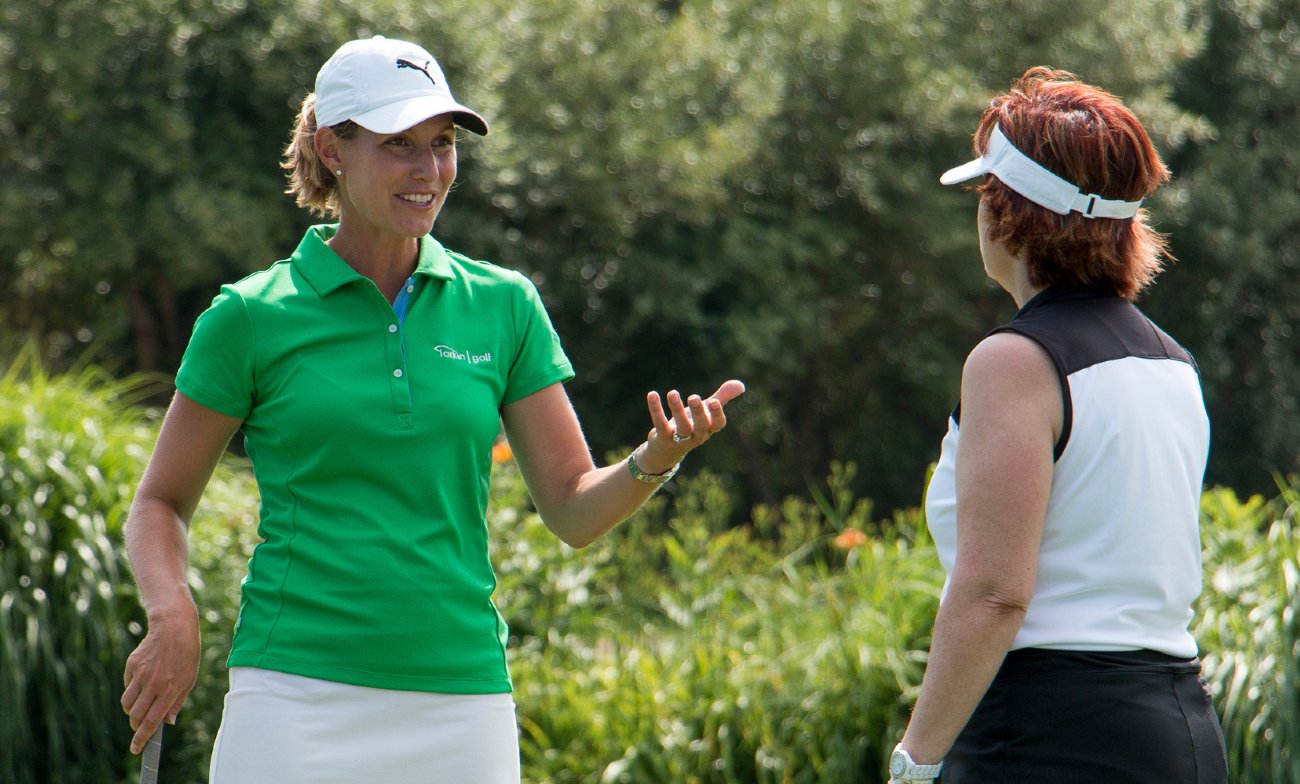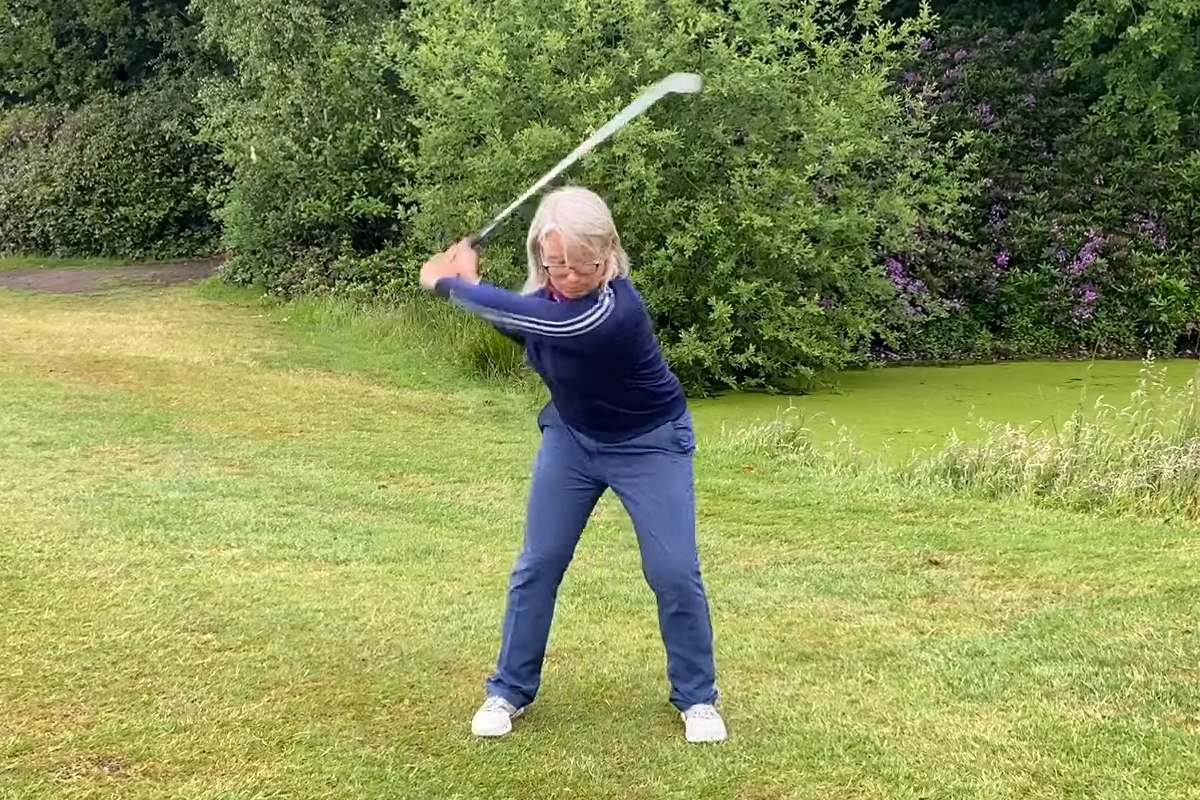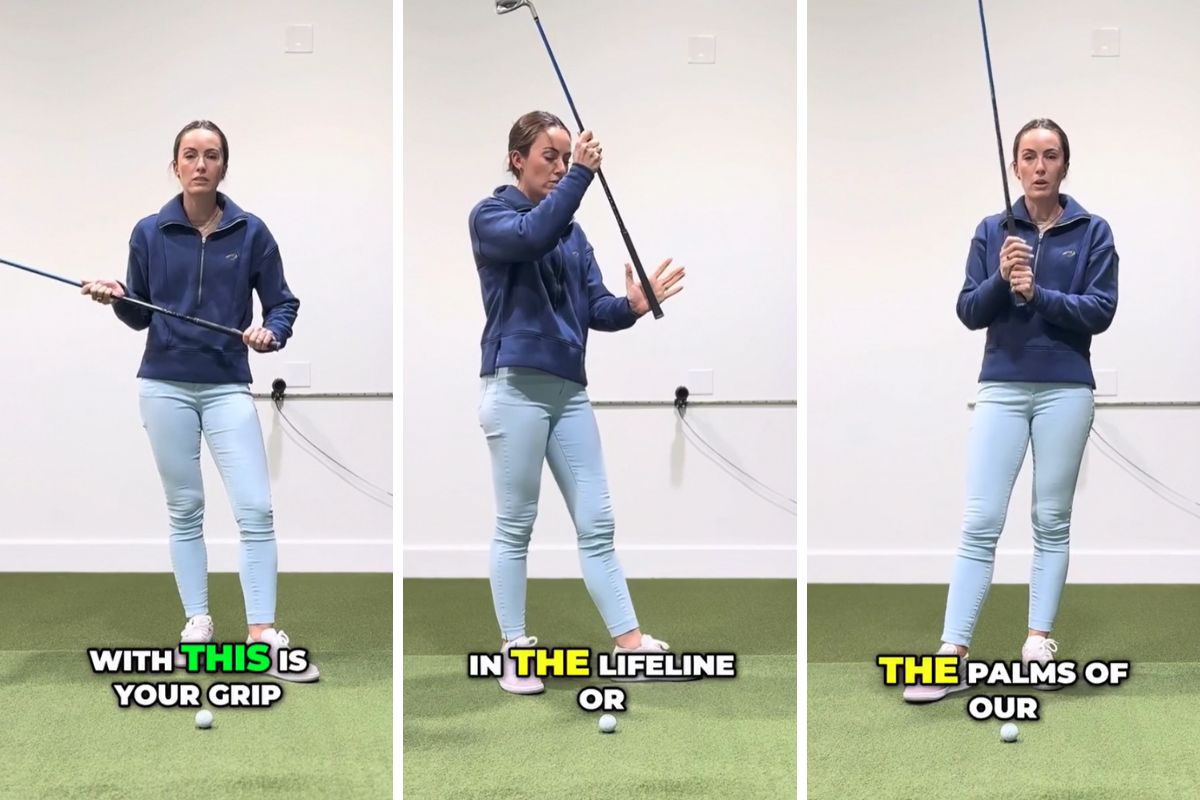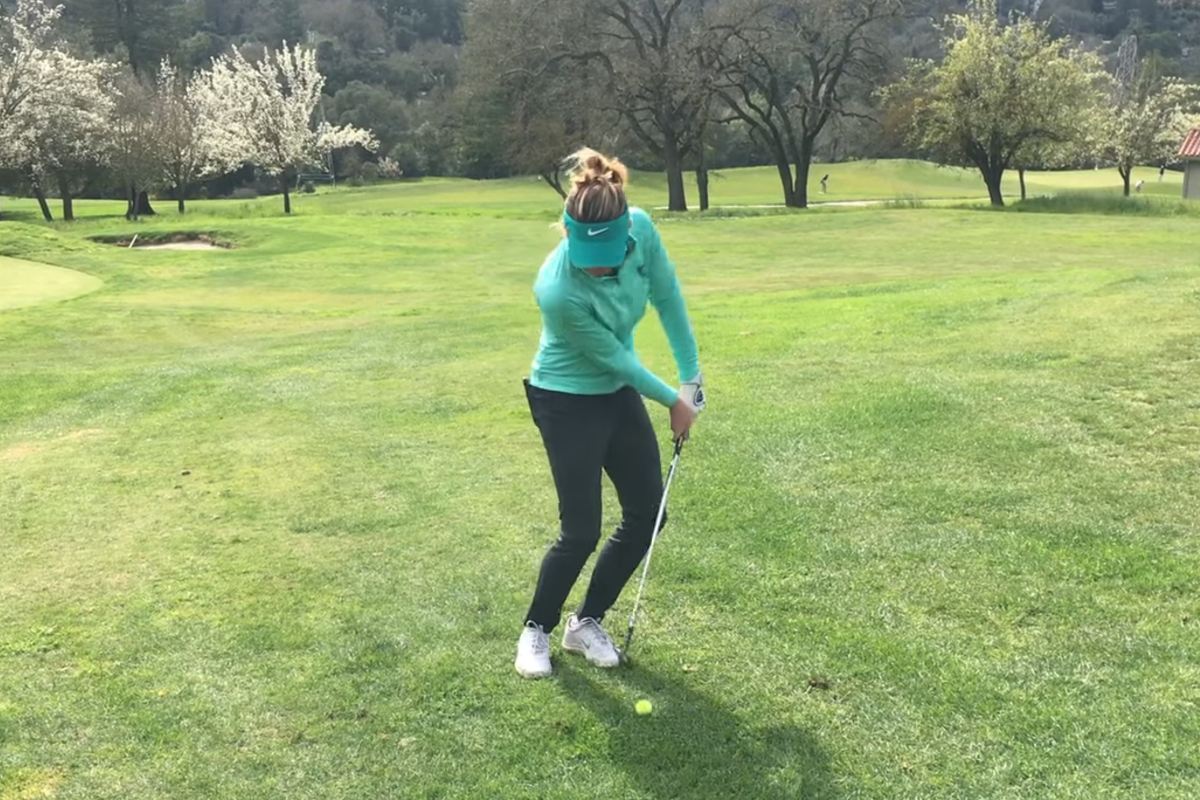I remember hearing the news – we are getting a new assistant pro at the club. Good news, since we could use the help and staffing was low. It’s always nice to have a new set of eyes that see changes to be made or bring fresh ideas. And the next time I arrived to play, there she was. Yes, you read that right – SHE.
There she stood, our new assistant pro. Trying not to jump and down in pure delight and scare her away on day one, I introduced myself to her and she did the same. She played collegiate golf and had a long line of accolades to show just how good her golfing career had been to that point. It was a lot more than I could have done at her age.
“This was a great day,” I mused. To my knowledge, our facility had never employed a female golf professional. Don’t get me wrong. We have always had excellent golf professionals. But none of them were female. There she stood representing, what was to me, a new era at my club.
Then, one day, *POOF*, she was gone.
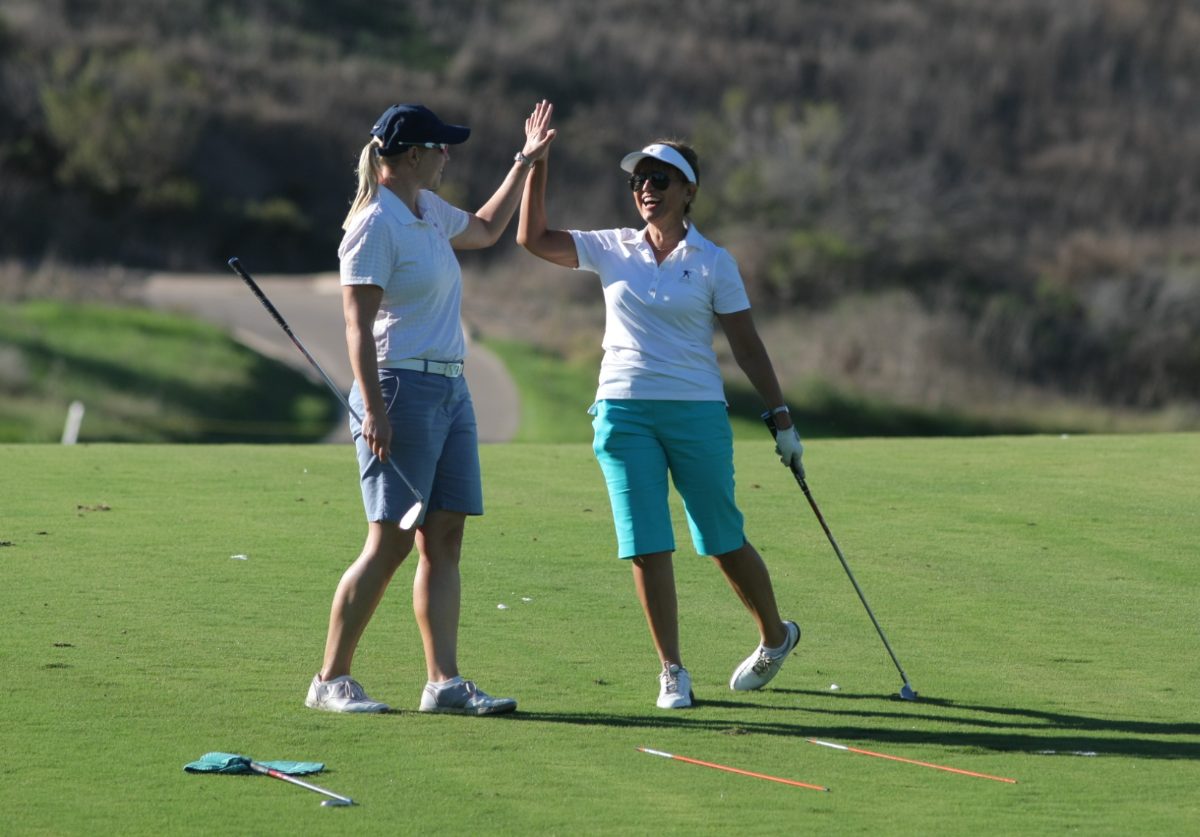
The absence of women in golf is well documented from a player standpoint. We know in America, women comprise only about 20% of the golf population. We know from a 2011 study in Australia that women represent about 22% of all active golf club members, so it may be fair to say this is a global problem. We are all aware of the institutional barriers women face even after joining a club. But, what about the women who work in the golf industry? Are the numbers any better or is the culture more inviting within the industry? I bet you may know the answer, but let’s explore this on a deeper level with a 2017 study from Sport in Society.
The study interviewed female PGA professionals (83%) and some who were still in training to be a professional (17%) within Great Britain and Ireland with an average age of 39. A few initial findings from the study were:
- many golf professionals in the study represented the only female golf employee at their club,
- participants noted the lack of female instructors throughout their training,
- most all participants related a story about not being allowed in certain spaces on club grounds,
- most all indicated inappropriate behavior from male members such as putting an arm around them or calling them pretty,
- several had been mistaken as a pro shop attendant as customers asked to speak to the pro on duty.
These statements are probably not extremely surprising. I will bet many of us have even experienced a few of these same circumstances on and off the golf course. Having worked with female golf professionals, I remember looks on their faces when someone asked to talk to the pro. Could we assume the golf industry is no different than many others? Maybe. But, the story doesn’t stop there.
Here is one more startling finding: Of the 83% of professionals in the study who were qualified professionals, only 9% were in managerial roles.
9%.
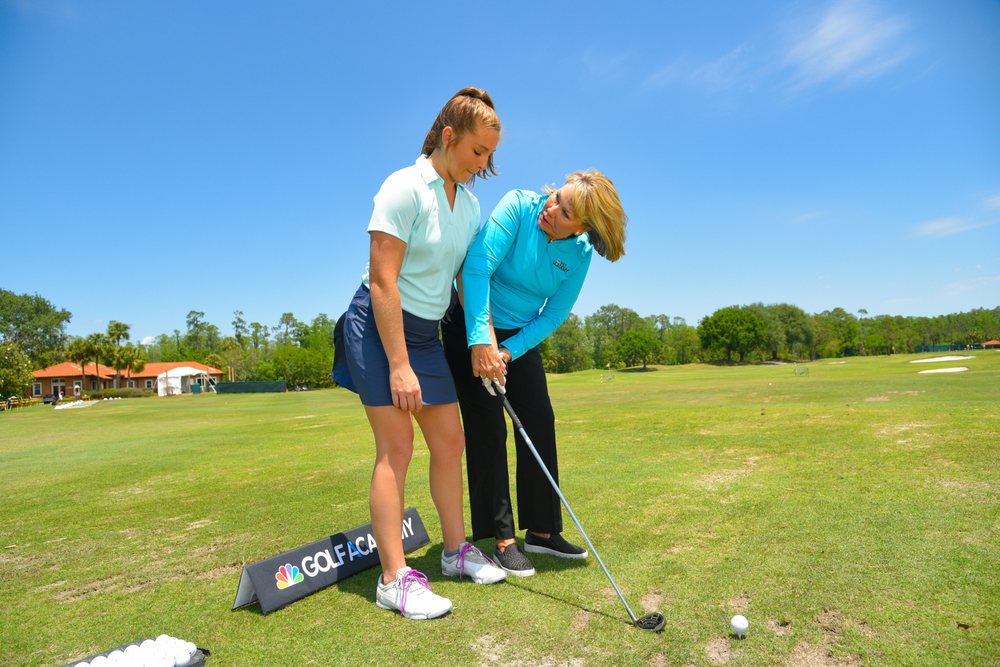
What? That number was even a bit lower than I even thought it would be. A qualified professional is a qualified professional no matter who he or she is, right? Were there potentially more issues at work here? As the study noted, there is evidence to suggest male staff, co-workers, and professionals are guilty of placing lower expectations of professionals who are women. So, how could women professionals even stand a chance at a managerial position when the expectation is so low? How could she manage a golf operation with budgets, staff, and everything else that comes with being a manager? With such a low standard, why would she even bother to try?
Let’s go back to my own club for a possible answer. When our assistant pro appeared, so did the culture of change. The women’s apparel section became alive. There was impressive participation in the women’s clinics. The children’s program was well attended. She took pics of the new merchandise in the pro shop when I didn’t feel comfortable going in due to the pandemic. She showed me what I was doing wrong on my short wedge shots. And I got to talk to someone who understood that white skorts are not always the most flattering color for some of us.
When I found out she was going to be gone on maternity leave, I was extremely happy for her, but wow was I going to miss her. “Will you be back?” I inquired with a hopeful tone. “Oh, yes, I am planning on coming back in a few months.” Whew. Thank goodness.
The months dragged by and her presence was certainly missed. While the remaining staff is wonderful, something was missing. Her leadership. Her perspective. Her contributions. Her choice to turn the pro shop television to the LPGA tournament.
Golf is arguably still a male preserve. Not having enough women in the industry at all levels and positions such as golf professional, superintendent, owner, etc. not only keeps the preserve thriving, it severely inhibits the future of golf. Golf needs women. It needs us to play, to teach, and to lead. It needs us to buy things and to show others, including children, how amazing the game is. Golf needs us to be present.
Women have had low visibility in golf for a long time, however. We can see this from media coverage of women’s golf alone. Only recently have we seen an increase in this coverage. (It’s not always productive or positive coverage, but that’s another story.) But, the women in this study noted the influence of a female role model like a mother, female coach, or tour player helped them make the decision to become a golf professional or work in the golf industry.
I am unsure what our golf professional’s influence was. All I know is that when I called the other day to make a tee time, I received an unexpected surprise. I’m sure her ear is still recovering from the squeal she heard through the phone. “You’re back!” I exclaimed with the enthusiasm of a six-year-old at her own birthday party. Her return is not just a simple occurrence. It is the impetus golf needs to be viable, relevant, and an option for everyone, including women.
What a big difference 9% makes.
Reference: Kitching, N, Grix, J. and Phillpotts, L. (2017). Shifting hegemony in ‘a man’s world’: incremental change for female golf professional employment. Sport in Society, 20(11), 1530-1547.
Feature photo: Women’s Golf teaching professional, Erika Larkin and student.

